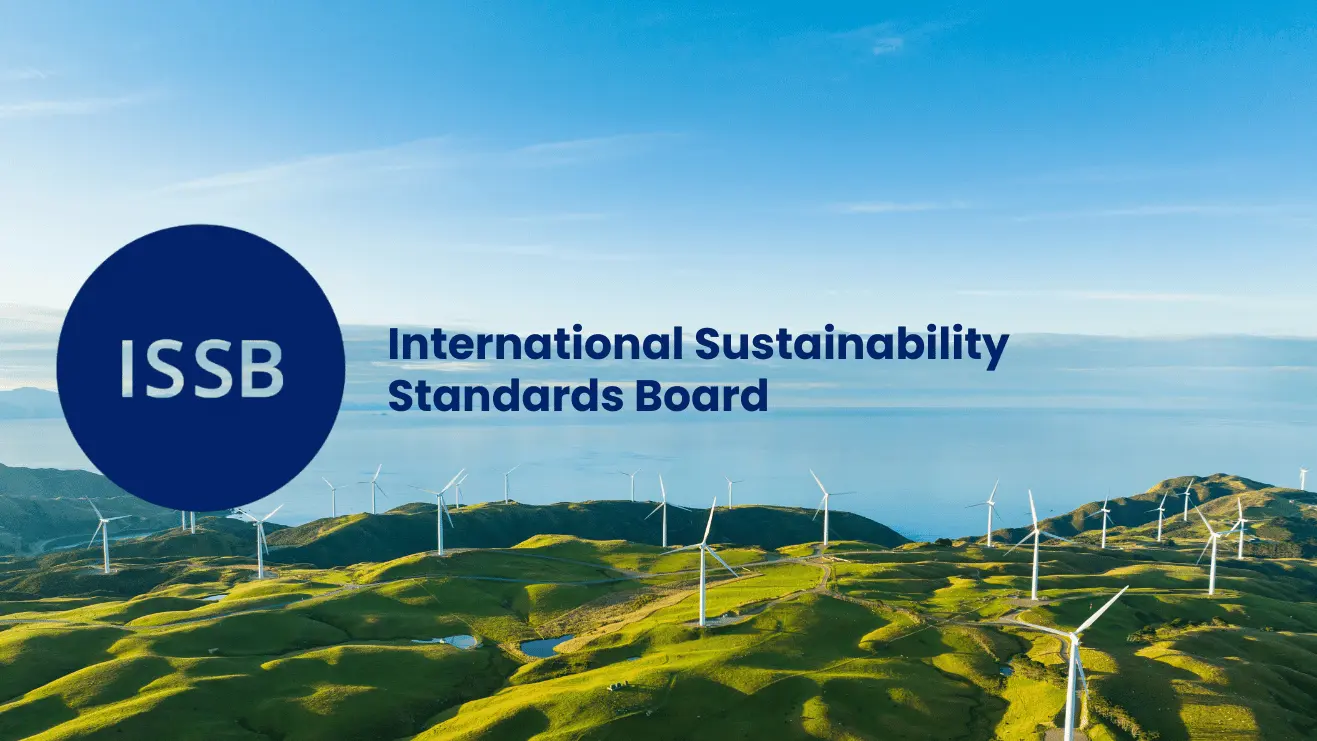S&P Dow Jones Indices Introduces Environmental Metrics for Commodities with the Launch of the S&P GSCI Climate Aware Index

|
Listen to this story:
|
S&P Dow Jones Indices, the world’s leading index provider, has launched a first-of-its kind commodities index which incorporates environmental metrics. The S&P GSCI Climate Aware is a broad-based commodity index which is intended to offer market participants with ongoing exposure to the global commodities sector that is in line with its parent benchmark, the S&P GSCI.
However, through the application of environmental factors in its rules-based methodology, the S&P GSCI Climate Aware index is unique because it reallocates the weights of its constituents away from higher-intensity fossil fuels and shifts them to commodities that are crucial to the global energy transition while maintaining an allocation to the food commodities that sustain life.
“As a pioneer in developing sustainability-oriented benchmarks for more than two decades, S&P Dow Jones Indices is proud to offer this innovative index that reflects the growing market appetite and opportunity to incorporate environmental criteria in the global commodities sector,” said Fiona Boal, Head of Commodities and Real Assets at S&P DJI. “For more than 30 years, the S&P GSCI has been widely regarded as the leading measure of global commodity prices and source for unparalleled commodities insights. The S&P GSCI Climate Aware index addresses the goals of our customers and market participants who continue to seek broad-based commodities market exposures to manage inflationary risks and for diversification purposes, while improving their environmental footprints,” Boal added.
With the S&P GSCI as its starting index universe, the S&P GSCI Climate Aware index uses index optimization, an approach whereby a mathematical model is used to select the best combination of constituents according to certain predefined objectives. Through this approach, the S&P GSCI Climate Aware index seeks to achieve a similar level of diverse and broad exposure to the commodities market and maintain index replicability and liquidity.
See related article: UNEP and S&P Global Launch New Nature Risk Profile Methodology
The S&P GSCI Climate Aware index utilizes the S&P Global Commodity Environmental dataset developed by S&P Global Sustainable1.The dataset provides commodity-level physical and financial impact data on greenhouse gas emissions, water consumption and land use for all the constituents of the S&P GSCI.
More specifically, the S&P GSCI Climate Aware index seeks to achieve a 25% reduction in environmental impact per dollar invested compared to the S&P GSCI, along with a 5% year-on-year decarbonization target, while maintaining total food production and ensuring land and water environmental impacts are no higher than the S&P GSCI.
“S&P Global Sustainable1 has developed the S&P Global Commodity Environmental dataset covering a range of agricultural, energy, precious metal, and industrial metal commodities to support the need for increased transparency on environmental factors across commodity value chains. The dataset enables investors and corporates to understand and quantify the environmental risks and opportunities of specific commodities, as well as across portfolios, indices, and benchmarks,” said Steve Bullock, Managing Director, Global Head of Research and Methodology, S&P Global Sustainable1.
S&P DJI collaborated with J.P. Morgan to publish a research report to study the application of environmental criteria on commodities benchmarks.
With the launch of this climate aware commodity index, S&P DJI adds to its wide range of broad market, thematic and targeted global sustainability and environmental, social and governance (ESG) indices such as the S&P 500 ESG Index, as well as more specific environmental and climate-focused benchmarks such as the S&P Paris-Aligned and Climate Transition (PACT) indices.










